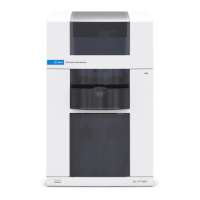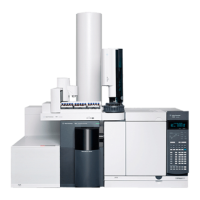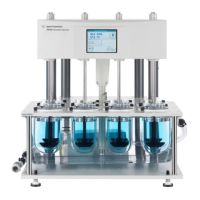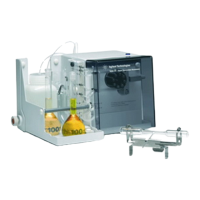128 Agilent 7890 Series Troubleshooting
7 Checking for Leaks
Leak Check Tips
When checking for leaks, consider the system in two parts:
external leak points and GC leak points.
• External leak points include the gas cylinder (or gas
purifier), regulator and its fittings, supply shutoff valves, and
connections to the GC supply fittings.
•GC leak points include inlets, detectors, column
connections, valve connections, and connections between
flow modules and inlets/detectors.
1 Gather the following:
• Electronic leak detector capable of detecting the gas type
• 7/16-in, 9/16-in, and 1/4-in wrenches for tightening
Swagelok and column fittings
2 Check any potential leak points associated with any
maintenance recently performed.
3 Check GC fittings and connections that undergo thermal
cycling, since thermal cycling tends to loosen some fitting
types. Use the electronic leak detector to determine if a
fitting is leaking.
• Start by checking any newly made connections first.
• Remember to check connections in the gas supply lines
after changing traps or supply cylinders.
Hydrogen (H2) is flammable and is an explosion hazard when
mixed with air in an enclosed space (for example, a flow meter).
Purge flowmeters with inert gas as needed. Always measure
gases individually. Always turn off detectors to prevent
flame/bead autoignition.
Hazardous sample gases may be present.
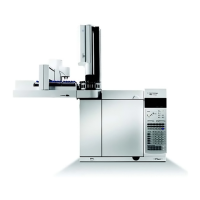
